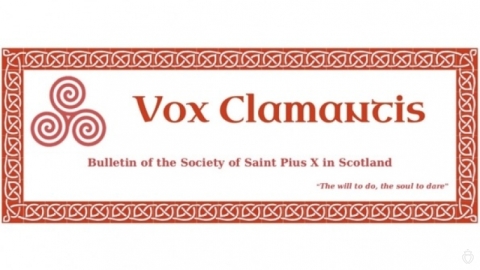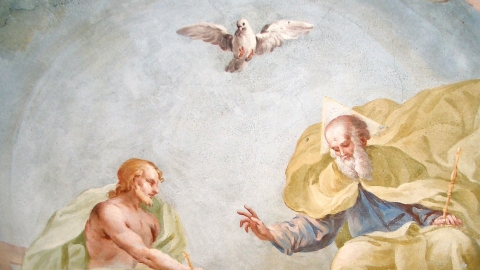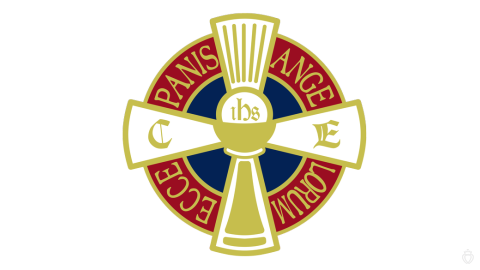The Rosary, A Weapon - editorial of the Vox Clamantis

Battle of Lepanto 1571
Vox Clamantis - Oct 2022
Vox Clamantis - Archives
Dear Faithful,
October is the month of the Holy Rosary.
The feast itself, which falls, this year, on First Friday, is just one of many which show us the true nature of this vital Catholic devotion. For those who are new to Tradition, their view of the Rosary is probably coloured by John Paul II who had the following to say when he attempted to shoehorn modernist theology into the prayer of St. Dominic through his ‘luminous’ mysteries: “the rosary has many times been proposed by my predecessors and myself as a prayer for peace”. This is simply not true.
The very feast day we celebrate at the beginning of the month was instituted by St. Pius V after the battle of Lepanto in 1571 against the incursions of Islam. Originally in honour of Our Lady of Victories, it was changed by Gregory XIII to the feast of Holy Mary of the Rosary, then later, by Clement XI, on the occasion of the victory that Prince Eugene of Savoy had just gained at Peterwardein in 1716, against the Turks. Indeed, Leo X declared that it was instituted to oppose all pernicious heresiarchs and heresies, and Julius III called it the glory of the Church. Finally, Leo XIII, who devoted twelve encyclicals to the Holy Rosary, did not hesitate to recall these facts frequently, and to call this prayer “like a most powerful warlike weapon for combating the enemies of the Faith,” affirming that “it is clearly evident that this form of prayer is particularly pleasing to the Blessed Virgin, and that it is especially suitable as a means of defence for the Church and all Christians”. Very far, indeed, from being a ‘prayer for peace’, the Rosary has always been considered by John Paul II’s predecessors as a necessary arm to protect the Faith which all can, and, indeed, must take up as soldiers of Christ by their Confirmation.
Similarly, the addition of humanist ‘luminous’ mysteries not only destroys the symbolism of the 150 Aves (in relation to the psalter) but, the third mystery (Christ’s proclamation of the Kingdom of God, with His call to conversion) departs from the very principle of the devotion, viz., that “It is not dogmas of faith or doctrinal principles that the rosary offers to our meditation, but rather events to contemplate with one’s eyes and to remember, and these events presented with their circumstances of person, place, and time are thereby the better impressed upon our souls” as formulated by Leo XIII. This insertion of the concept of meditating on a general notion, rather than a specific event, makes meditation difficult. The other four mysteries are similarly presented in the context of Vatican II and its new anthropocentric humanism. As Pope John Paul II says, “It could be said that each mystery of the rosary, carefully meditated, sheds light on the mystery of man”, surely not the reason Our Lady gave it to St. Dominic.
In these difficult times when the Faith is being attacked, not just by its traditional enemies but by those who hold office in the Church to defend it, every faithful Catholic needs to take up this spiritual arm and storm heaven for God’s aid.
With every good wish and blessing,
Rev. Sebastian Wall (Prior)





